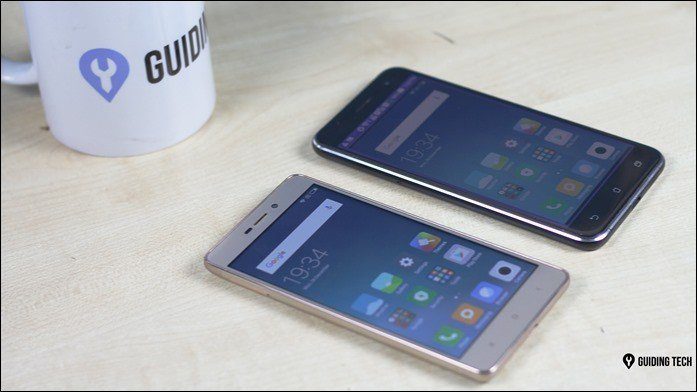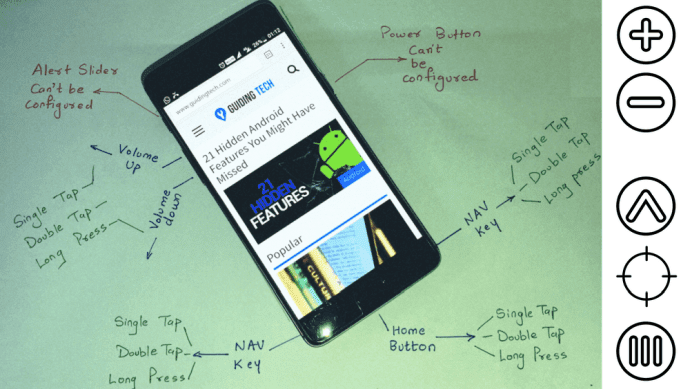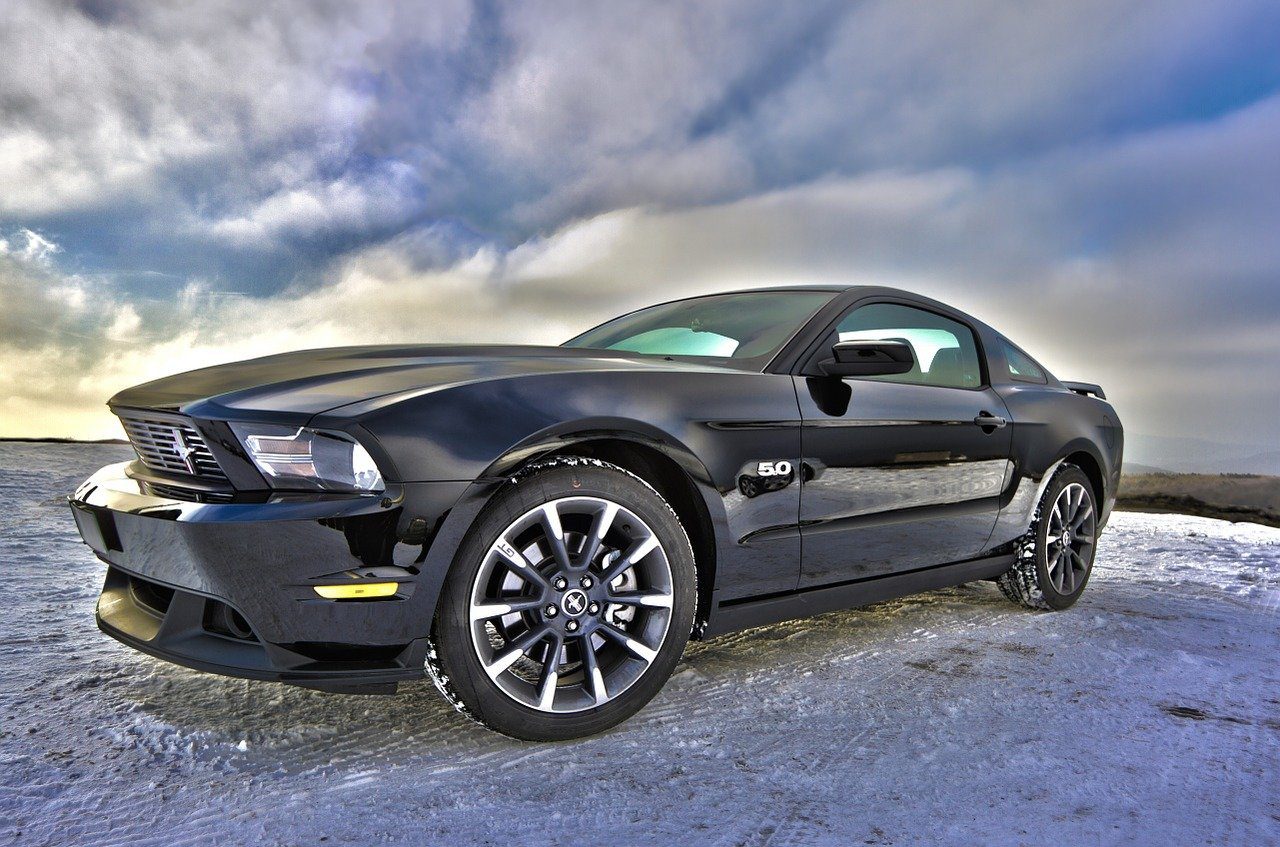But from what I have noticed, the internal tool to rollback creates more issues than fixing them. Programs fail to launch, shortcuts go missing, system files and drivers don’t work and much more. You are left hanging on a bridge where neither end looks promising. But don’t worry, we’ve got you covered if you haven’t upgraded to Windows 10 yet. Using Macrium Reflect you can capture the image of your Windows system drive and if you don’t like the Windows 10 update, you can restore to the said image. Everything will be same and there will be no traces that you even upgraded your Windows.
Things to Note Before you Begin
This backup must be made before you upgrade your PC to Windows 10. It works on Windows 7 and above.The size of the backup will be huge as it entails creating a mirror image of the entire system drive. If you have enough space on your logical drives, that’s great. But it’s highly advisable to use an external hard drive if the option is available.Do a thorough cleaning of your system drive. Delete all the temp and unnecessary files. Run IObit Uninstaller and uninstall any program that you don’t use and is simply eating up space on the hard drive. This is just to reduce the backup size.You will also need a USB drive of minimum 2 GB to create the rescue media.
Once everything is in place, it’s time to install Macrium Reflect to begin the back up process. Macrium Reflect is free for personal use and you will be getting a free key while you install the application. You must be connected to the internet to do that. The installer will download Windows PE as additional files which are around 500 MB in size. Your installation key will be enabled automatically once the download is complete and the installer initializes. Follow the on screen instructions to complete the installation.
Creating a Rescue Media
One cannot cut the branch on which he or she is sitting on. Actually, one can, but we all know what the results would be. Same goes with rolling back Windows. As the system drive is locked along with all the system folders, one cannot restore earlier version of Windows while Windows 10 is running. So in order to make a platform where we can roll back the updates, we need to create a recovery media that we can boot into and run Macrium Reflect. In the program, click on Other Tasks and select the Create Rescue Media. Make sure you plug in the USB drive to the system. The media creation wizard is self-explanatory. It will automatically detect your Windows version and make a Windows PE rescue disk which is best suited. For example, as you can see that it shows that Windows PE 3.1 is best suited for Windows 7 kernel. Click on Next, choose the Windows architecture for Windows 32 or 64-bit version. Finally choose the USB drive and finish the process. The rescue media will be created for you in no time. It might take some time to download Windows PE files if you ignored them while installing Macrium Reflect.
Creating an Image of the Windows Partition
After creating the rescue media, once you think you are ready, click on the option Create an image of the partition(s) required to backup and restore Windows A new window will open up and the necessary partitions will be pre-selected that Macrium Reflect thinks would be necessary for the complete Windows restore. Here you can choose to include additional drives which you think might be affected. For example, if you have a habit of installing programs and application on a logical drive instead of the default, system partition, you might want to add it to the backup list. Note: Adding additional drives can be added. But do not exclude what Macrium Reflect has pre-selected to backup. These are necessary system drives and need to be backed up and restored as a single entity. Finally select the location of the backup. A logical drive on the system will be fine, as I’ve already stated. If the option to back up on an external hard drive is present, you can go for it. Choose the location and give a name to the backup file. The last thing that the app will ask is, if you want to schedule the backup rule. Just ignore the page as we are going to make a full-fledged one-time backup. Finally, start the backup and leave your computer idle till it finishes. Depending upon the size of the backup, it might take anywhere from 30 minutes to as much as 2 hours to create the backup. After the backup is done, you will find the files in the designated place.
Restoring The Image
I don’t have any screenshot of the step, as the process of rollback once started, cannot be undone. If interrupted in between, it might leave your system unbootable. But don’t worry, If you have ay doubts, you can ask those in our forum.
Conclusion
That was the way you can backup your existing windows installation before upgrading to Windows 10. The process is tedious when compared to the built-in option that’s available in Windows 10. But the latter is not reliable when compared to Macrium Reflect. The above article may contain affiliate links which help support Guiding Tech. However, it does not affect our editorial integrity. The content remains unbiased and authentic.















![]()



